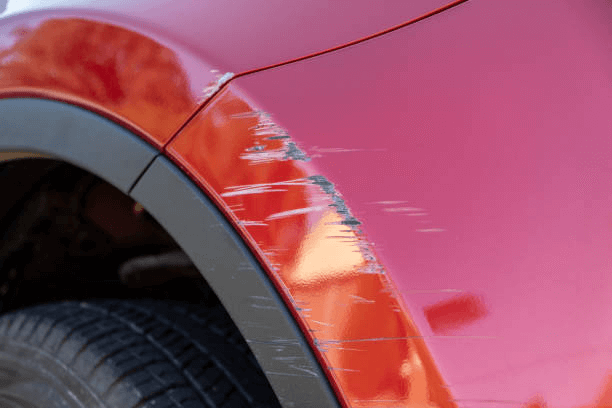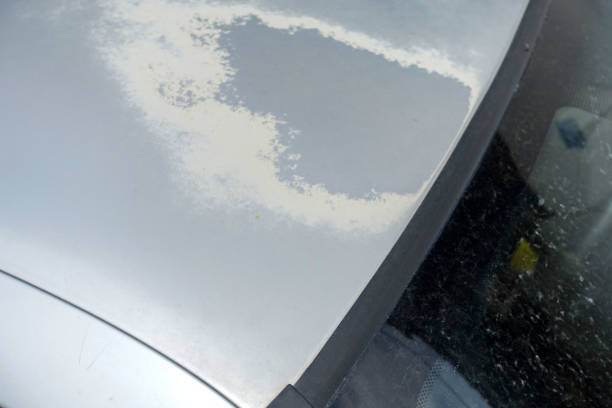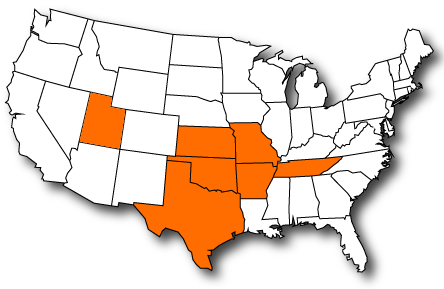Car insurance is a vital aspect of vehicle ownership, offering financial protection against various risks associated with driving. However, deciphering the specifics of what your policy covers can sometimes be confusing. One common question among drivers is whether car insurance covers paint damage in Arkansas. In this comprehensive guide, we’ll delve into the intricacies of car insurance in Arkansas, explore the types of coverage available, and determine whether paint damage falls under these coverages.
Types of Car Insurance Coverage
In Arkansas, as in most states, car insurance typically consists of several types of coverage, each serving a different purpose. Understanding these coverages is crucial to determining whether your policy includes paint damage protection.
- Liability Coverage: Liability insurance covers damages and injuries you cause to others in an accident where you are at fault. It usually includes two types of protection:
- Bodily Injury Liability: This coverage pays for the medical expenses, lost wages, and legal fees of the other party if you injure someone in an accident.
- Property Damage Liability: Property damage liability covers the repair or replacement costs of the other party’s vehicle or property if you are at fault in an accident.
- Collision Coverage: This type of insurance covers the cost of fixing your car if it gets damaged in an accident with another car or object, irrespective of who is at fault.
- Comprehensive Coverage: This coverage protects damages to your vehicle caused by incidents other than collisions. This can include theft, vandalism, natural disasters, and falling objects.
- Uninsured/Underinsured Motorist Coverage: This coverage protects you if you’re involved in an accident with a driver who doesn’t have insurance or has insufficient coverage to pay for damages.
Does Car Insurance Cover Paint Damage?

When it comes to paint damage, whether your car insurance policy covers it depends on the circumstances surrounding the damage and the specific coverage you have.
- Collision Coverage: If the paint damage is a result of a collision with another vehicle or object, your collision coverage may kick in to cover the repair costs. This includes scenarios where the paint is scratched, chipped, or dented due to an accident.
- Comprehensive Coverage: it will likely cover paint damage that occurs due to non-collision incidents such as vandalism, theft, fire, or natural disasters. If your car’s paint is damaged by graffiti, a hailstorm, or a falling tree branch, comprehensive coverage should cover the repair costs.
- Exclusions: It’s essential to review your policy for any exclusions related to paint damage. Some policies may exclude coverage for certain types of paint damage, such as wear and tear, rust, or damage caused by improper maintenance.
Filing a Claim for Paint Damage
If your vehicle sustains paint damage and you believe it’s covered by your car insurance policy, you’ll need to file a claim with your insurance provider. Here’s a general overview of the steps involved in filing a claim for paint damage:
- Assess the Damage: Take photos of the paint damage from multiple angles. Note any other damages to your vehicle that may need repair.
- Contact Your Insurance Provider: Call your insurance company’s claims department to report the damage. Provide them with details of how the damage occurred and any relevant documentation they may require.
- Schedule an Inspection: Depending on the severity of the damage, your insurance company may send an adjuster to inspect your vehicle or instruct you to take it to an approved repair shop for an estimate.
- Obtain Repair Estimates: If required, obtain repair estimates from one or more auto body shops. Your insurance provider might have favored repair outlets they collaborate with.
- Review Your Policy: Carefully review your insurance policy to understand your coverage limits, deductibles, and any applicable exclusions.
- File the Claim: Once you have all the necessary information and documentation, file the claim with your insurance provider.
- Approval and Repairs: If your claim is approved, your insurance company will either reimburse you for the repair costs or pay the repair shop directly, depending on your policy and the repair process.
Factors Affecting Coverage and Costs
Several factors can influence whether your car insurance policy covers paint damage and the associated costs:
- Type of Damage: The cause of the paint damage plays a significant role in determining coverage. Damage resulting from covered incidents such as collisions, vandalism, or natural disasters is more likely to be covered.
- Coverage Limits: The coverage limits of your collision and comprehensive coverage will dictate the maximum amount your insurance company will pay for repairs. Review your policy to ensure your coverage limits are sufficient.
- Deductibles: Your deductible is the amount you’re responsible for paying out of pocket before your insurance coverage kicks in. Lower deductibles typically result in higher premiums but lower out-of-pocket costs when filing a claim for paint damage.
- Policy Exclusions: Be aware of any exclusions in your policy that may limit coverage for certain types of paint damage. The exclusions may differ based on the insurance provider and the specific policy.
- Vehicle Value: The value of your vehicle may affect the cost of repairs and the insurance company’s willingness to cover certain types of paint damage. High-value vehicles may have higher repair costs, which could impact your premiums and coverage options.
Tips for Maintaining Your Car’s Paint
While car insurance can provide financial protection against paint damage, taking preventive measures to maintain your vehicle’s paint can help minimize the risk of damage and keep your car looking its best:
- Regular Washing and Waxing: Washing your car regularly removes dirt, debris, and contaminants that can damage the paint. Waxing helps protect the paint from environmental hazards such as UV rays and acid rain.
- Park in a Garage or Covered Area: Parking your car in a garage or covered area shields it from the elements, reducing the risk of paint damage from sun exposure, hail, or falling debris.
- Avoid Harsh Cleaning Products: Using abrasive or harsh cleaning products can scratch the paint and strip away protective coatings. Stick to mild soaps and cleaners specifically formulated for automotive use.
- Address Chips and Scratches Promptly: Small chips and scratches in the paint can lead to more significant damage if left untreated. Touch up any paint chips or scratches promptly to prevent rust and corrosion.
- Invest in Paint Protection Film: Paint protection film, also known as clear bra, is a transparent film applied to the vehicle’s paint to protect it from scratches, rock chips, and other damage.
Conclusion
Car insurance coverage for paint damage in Arkansas depends on the type of coverage you have and the circumstances surrounding the damage. Collision coverage may cover paint damage resulting from accidents, while comprehensive coverage typically covers non-collision incidents such as vandalism, theft, and natural disasters.
Reviewing your policy, understanding your coverage limits and deductibles, and taking preventive measures to maintain your vehicle’s paint can help ensure you’re adequately protected against paint damage. If your vehicle sustains paint damage, file a claim with your insurance provider and follow the necessary steps to get it repaired promptly. By staying informed and proactive, you can safeguard your vehicle and enjoy peace of mind on the road.
Review your car insurance policy today with G&G Independent Insurance to ensure you have the coverage you need. Contact our team for personalized assistance.


